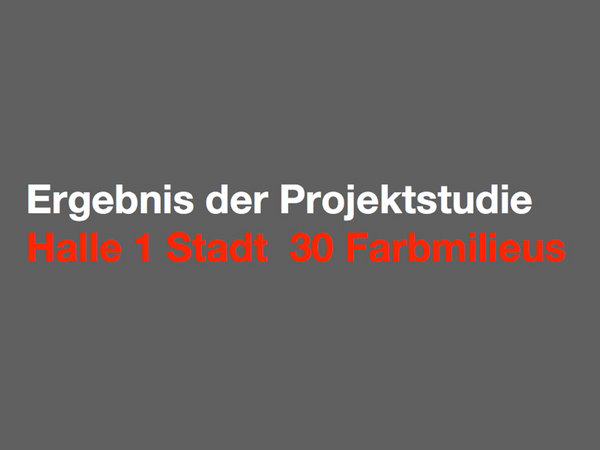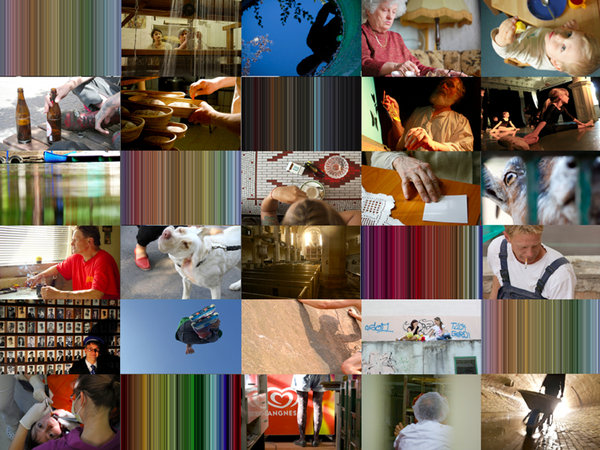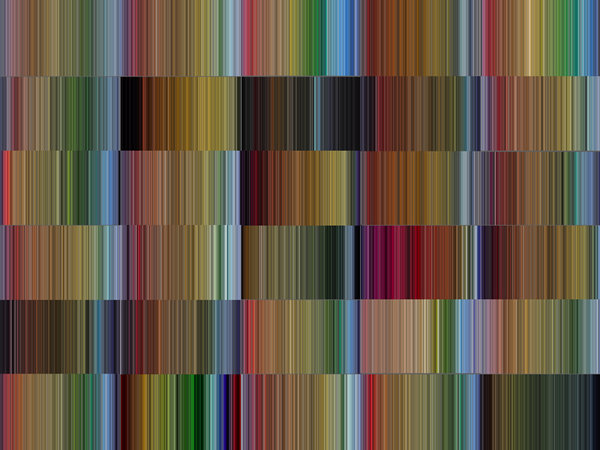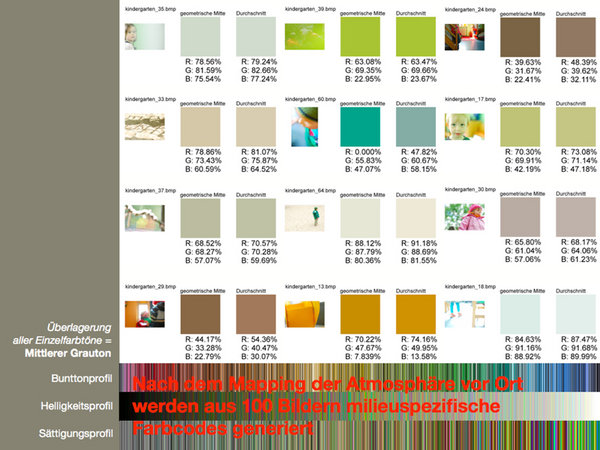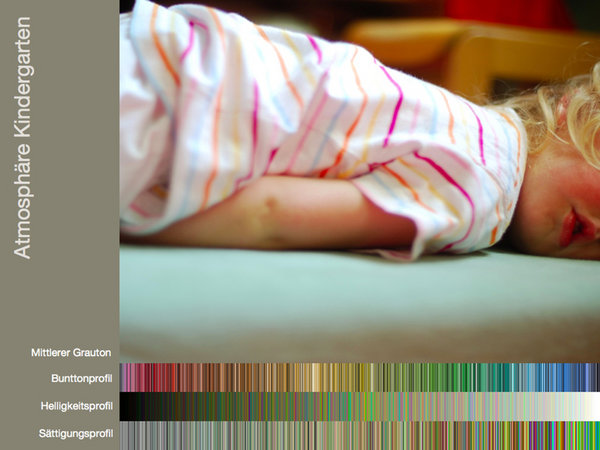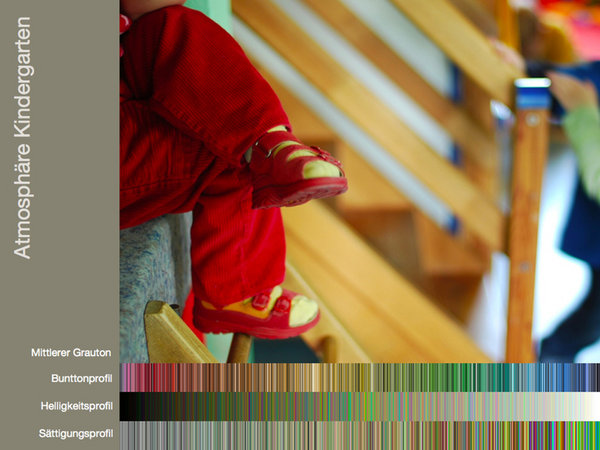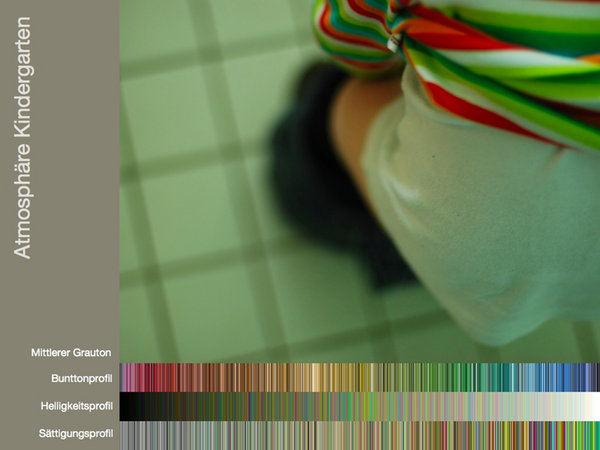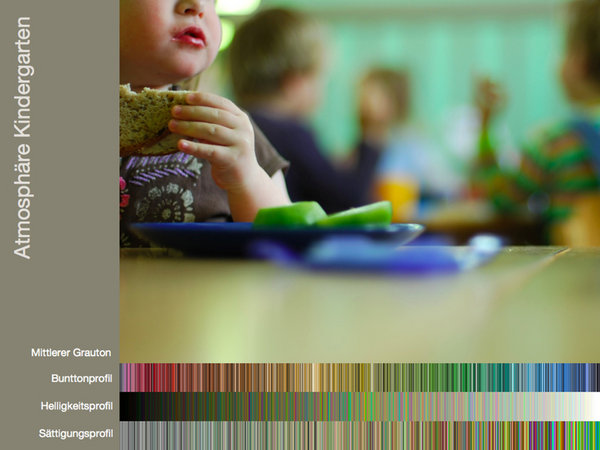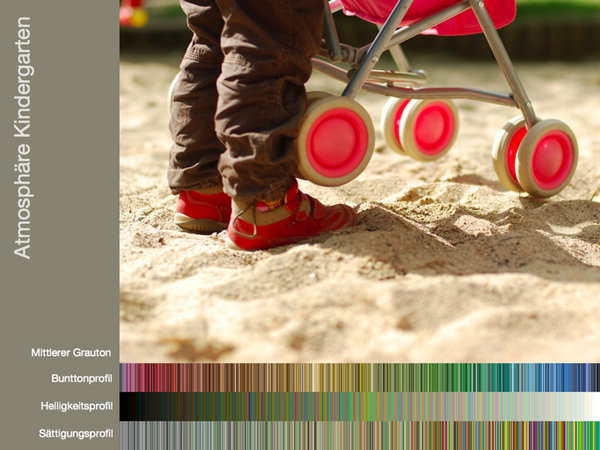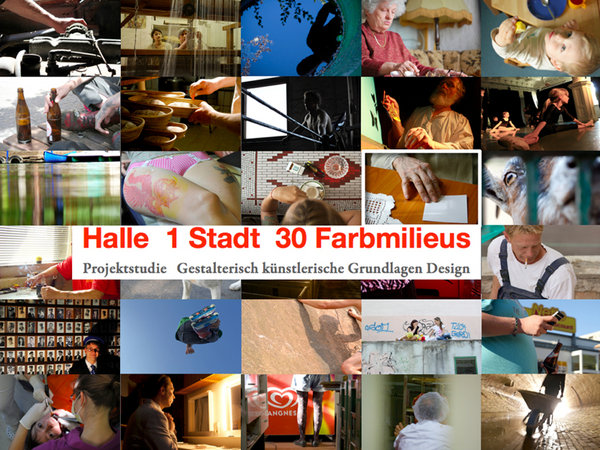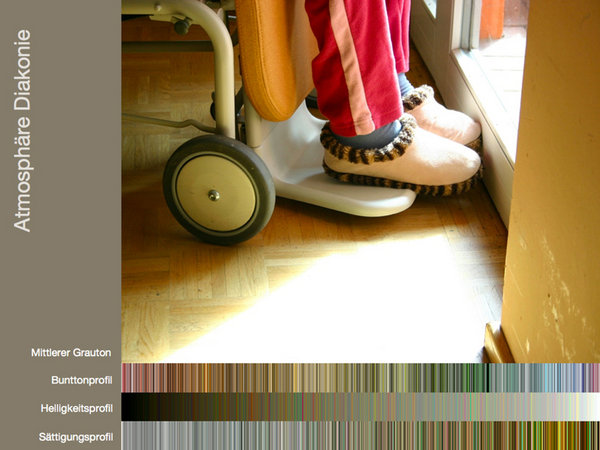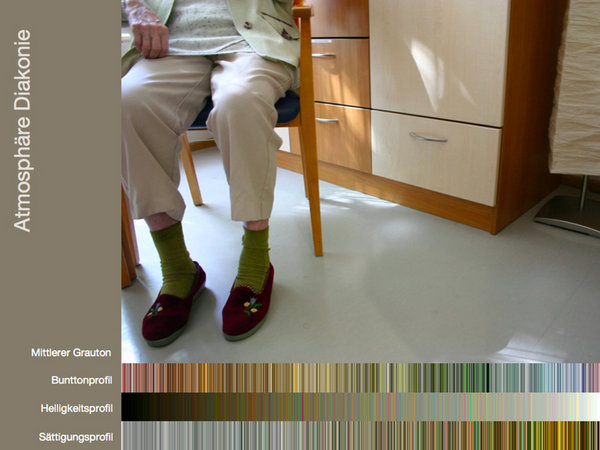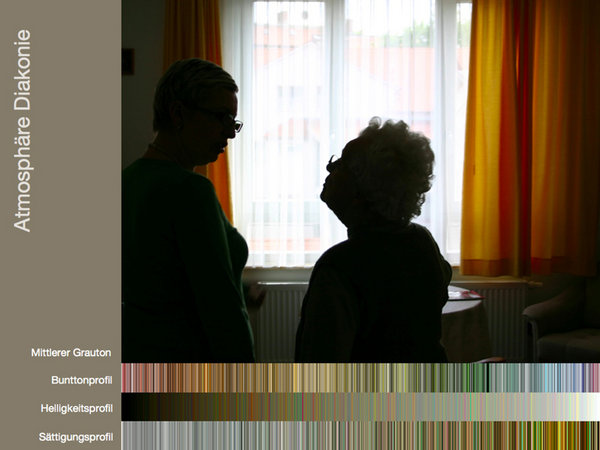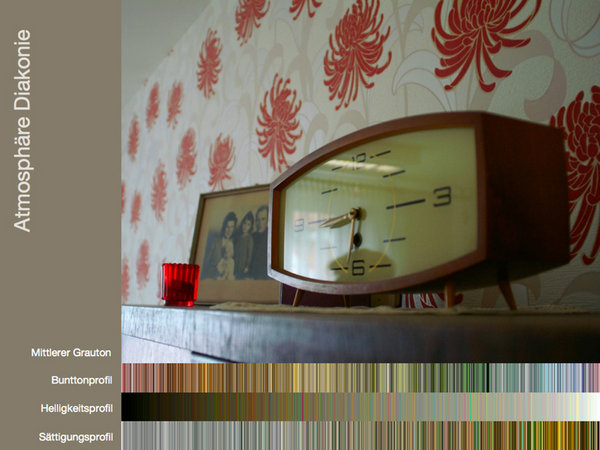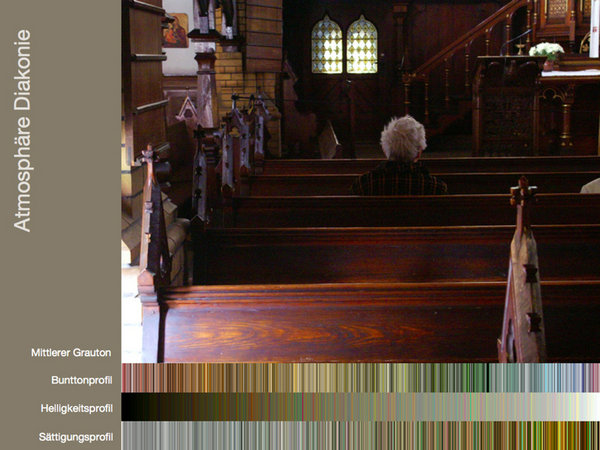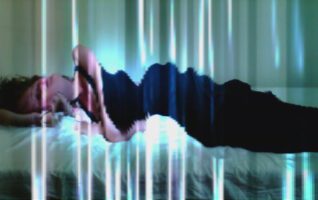Skip to content
Learning objectives
- People and space form a unit, as the living conditions, inner attitude and activities of each individual can be seen in the design of their surroundings.
- Particularly characteristic of a milieu are the atmospheres of the personal environment, such as the place of residence, the workplace and the learning and leisure areas. During the course week, the information potential of
Spatial atmospheres of color and light are examined, which reveal the living conditions of specific milieus. - Knowledge of the milieu-specific use of color creates the basis for the purposeful and creative design of living spaces within modern societies. The appearance of the surroundings also changes the behavior of the residents, their attitude to life and their visual identity. In the end, the potential for change in the design of atmospheres through color and light becomes apparent.
Contents
- In the first step, three different environments are examined, whose colorfulness is investigated and documented using images. The representative statement of the color codes results from the high number of images and the variance of perspectives with which the body and light colors of people and rooms are equally captured.
- The second step is to focus the investigation on an environment that is as authentic as possible, the surface colors of which are recorded in a material archive. The surfaces are examined at different times of day under natural and artificial lighting conditions. In a further step, the atmospheric effect of the environments is worked out and intensified by means of own light experiments. The end result is the staging of the color milieu through a series of concise images by selecting the perspective and lighting mood.

